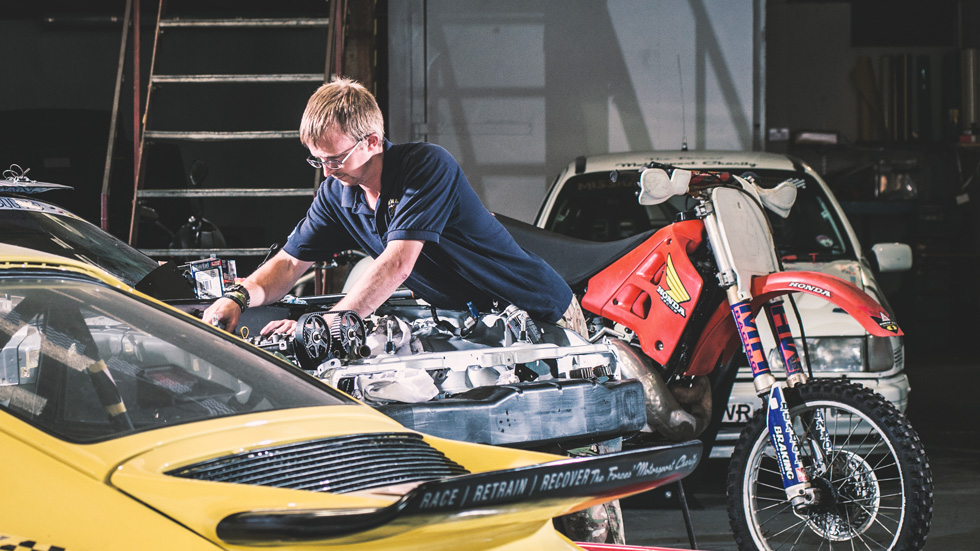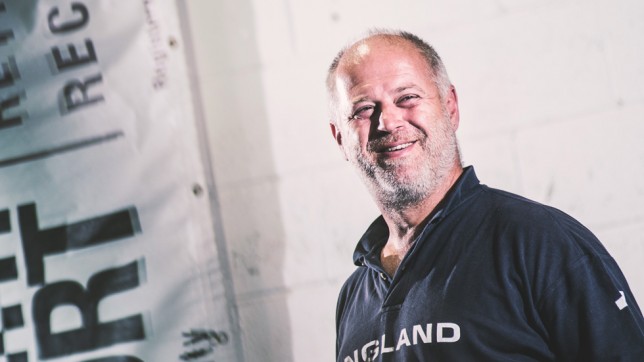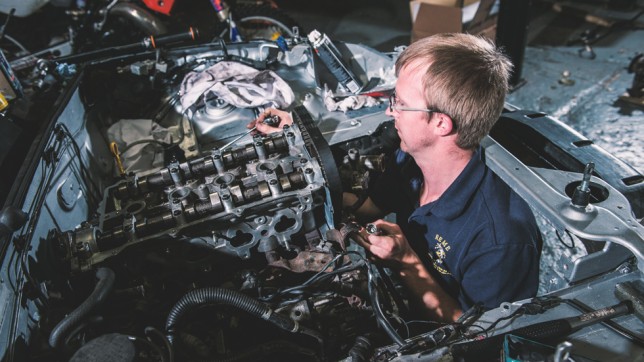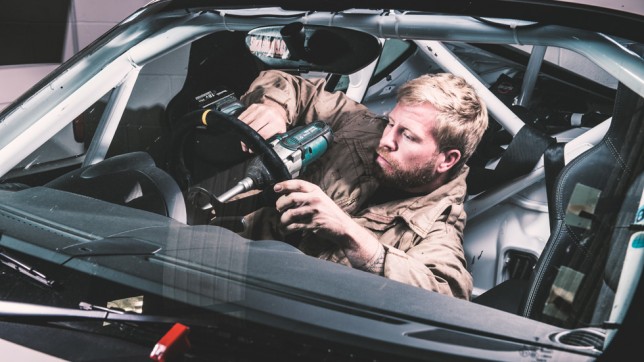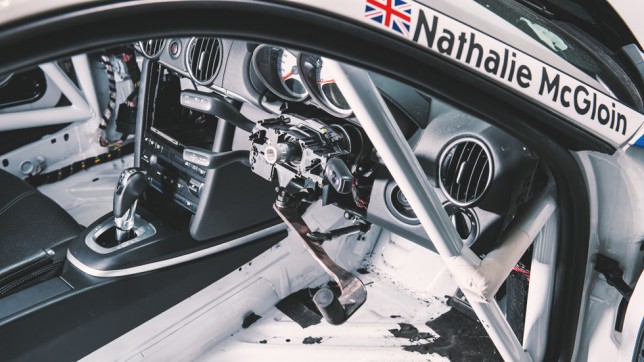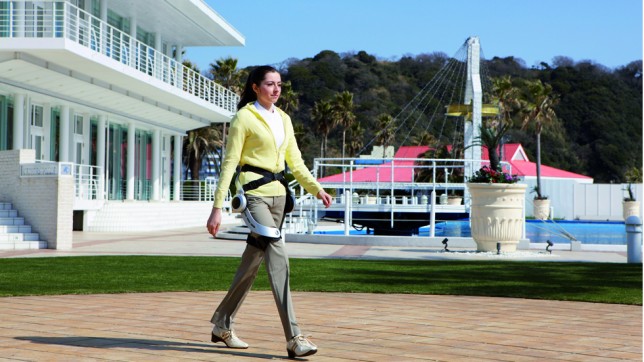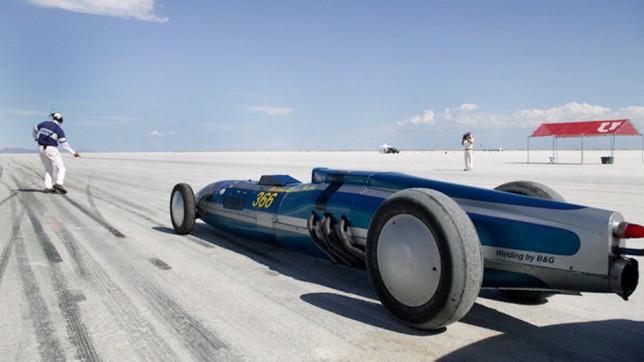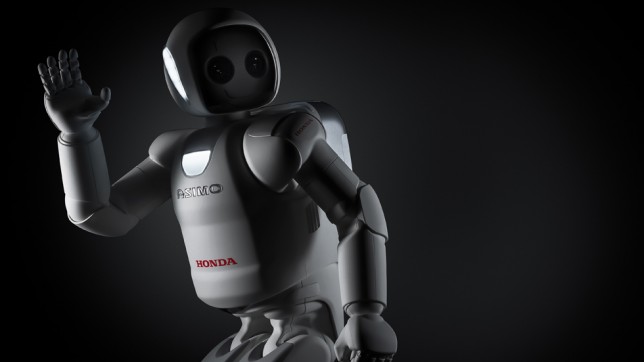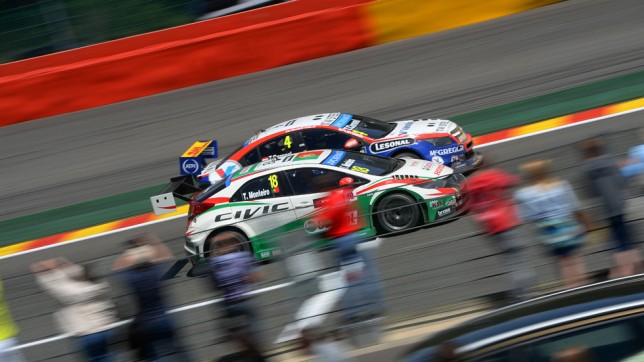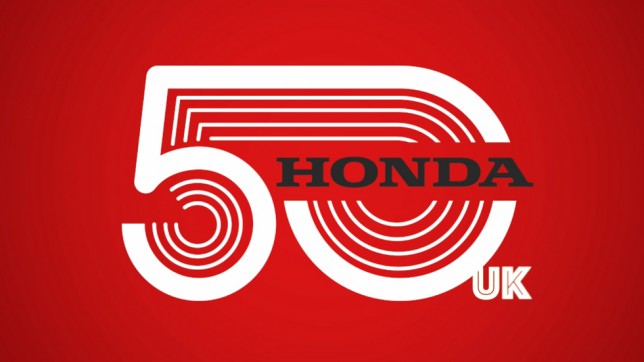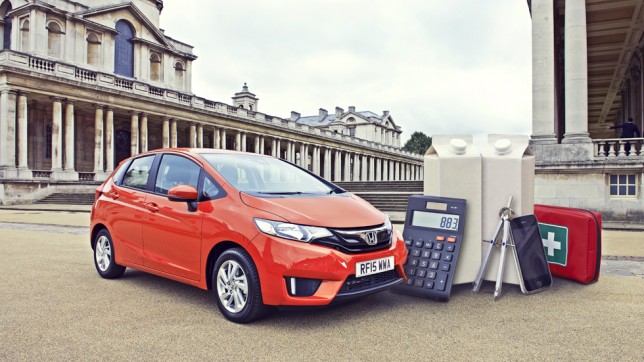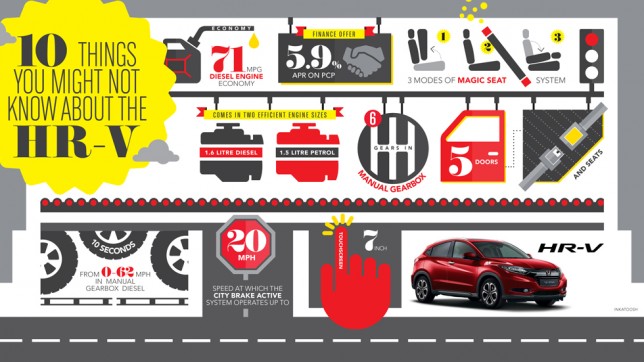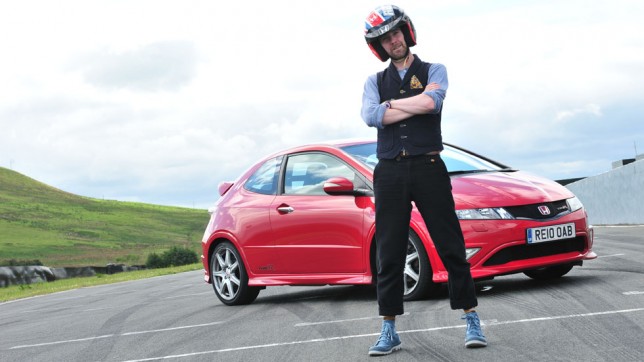By Peter Tomalin
If you want to be humbled and inspired in equal measure, just spend a couple of hours with the guys at Mission Motorsport. Here, injured military personnel – some having lost limbs, others suffering mental scarring – are helped to rebuild their lives and learn new skills. Many go on to start a second career in the motor industry.
Mission Motorsport was founded in 2011 by Major James Cameron – Major Jim to everyone who knows him – a former armoured division commander in Afghanistan who had seen many of his colleagues suffer life-changing injuries. Major Jim is also a keen participant in motorsport, on four wheels and two – that’s his classic Honda CR250 racing dirt bike you can see in the background of some of the pictures – and he saw a way of helping injured servicemen through motorsport.
Race crew chief, Tony Compson
Today, Mission Motorsport is the Armed Forces’ official motorsport Charity and one of the founders of the Recovery Career Services, which was set up to rehabilitate wounded, injured and sick Service personnel. We visited its workshops in Oxfordshire where volunteers prep a small fleet of race cars and track-day cars. Former Royal Marine commando Tony Compson, now crew chief for the race teams, explained how the charity works: ‘A lot of the guys we work with are in their early twenties all they ever wanted to do is be a soldier. Now they’re looking at a second career and having to adjust, and that’s not easy.
‘A lot of them are really into fast cars, so we start by getting them along to track days, then we might get them involved in the race team. We mentor them, teach them skills, show them just how big the motor industry is. Not just the new-car industry and motorsport but classic cars, too. We’ve just done Le Mans Classic with a bunch of lads supporting a 1929 Blower Bentley.’
‘There’s a role for everyone. For every driver there’s 20 people somewhere in the system, playing a part – everything from the chief mechanic to the guy who applies the vinyl wrap to the car to the guys involved in digital media.’
Tony himself is not only a volunteer but also a beneficiary. ‘I got blown up in the Falklands War – wrong place, wrong time,’ he says. ‘We were on the beach head when the Argentinians bombed us. I took a head injury, which was worse than was realised. I left the Marines in the 1980s, but the effects on my mental health became more and more of a problem as I got older. So I know what these lads are going through. I’ve also worked a lot in motorsport over many years, but I busted myself up powerboat-racing about ten years ago and it all came to a grinding halt. So when Jim asked me to get involved it was a bit of a no-brainer.’
‘No matter how bad things are, you can do it’
Many of the volunteers get work placements, and a lot of those are then offered permanent jobs. ‘One of our guys, who’d been wounded twice, was sitting at home in Crewe,’ says Tony. ‘He was into cars, applied for a job at Bentley, never had a reply – his CV wasn’t that great. Anyway, he got involved with us. Great lad, a really hard worker. We placed him with Bentley and it was no surprise to us when they said “This lad’s ace. Can we keep him?” So he’s now got a full-time job in the development department. He’s a quality guy. He deserved his chance. We’ve got other guys learning how to do vinyl wraps on cars – in fact one lad who really took to it has been placed with the Caterham F1 team. Incredible.’
Mission Motorsport has also struck up a partnership with the Bike Experience, which offers similar opportunities on two wheels. ‘One of the bikes we’ve got here has been ridden round Silverstone by a triple-amputee,’ says Tony. ‘It proves that no matter how bad things are, you can do it. It’s not going to be easy, but you can do it. And the difference that makes to people’s mindsets is incredible. They suddenly think if I can do that, I can do anything. It changes the way they see themselves – and it’s bloody good fun too.’
Race team chief mechanic, Dave Wilkins
‘Mission Motorsport has given me a reason to get up in the morning’
After suffering a serious ankle injury in an accident while serving with the Royal Electrical and Mechanical Engineers back in 2004, Dave Wilkins was stopped from working on Army vehicles and has been going through a prolonged medical discharge.
‘I went through a long period of having no motivation,’ he says, ‘Then in November last year my boss introduced me to Jim Cameron. OK, I’m still on painkillers and I still have difficult days. But now, when I wake up I might feel groggy but I want to get up – I want to come here and do this. Mission Motorsport has given me a reason to get out of bed. It has allowed me to get back doing what I want to do.’
What Dave wants to do is build race engines – and that’s exactly what he’s doing today in his role as chief mechanic with Mission Motorsport’s race team. When we visited, he was busy reassembling the engine in an MX-5 that’s raced by double-amputee Davie Birrell.
‘Davie’s been lying second in the championship. He’s got all the skills, no question. We decided to give him that little bit extra – strip down the engine, make sure it’s absolutely optimised, all within the regulations, and hopefully give him that extra edge he needs. ‘The mechanical side I know – I was a civvy mechanic for a couple of years before I joined the Army – but I’m learning all the time on the race side. Tony, as crew chief, is teaching me all about set-up, how to look after the cars and the drivers through a race weekend. We usually have a couple of other guys along to each race meeting and we’re passing on our knowledge to them. I’ve been learning how to race too. Long term, I’d love to go and work for a company building race engines.’
Workshop manager, James Webley
At just 28, James Webley is facing a double hip replacement. Years of wear and tear while taking part in tours of Afghanistan and all over Europe (he joined the Army at 16) left him facing medical discharge from the Royal Electrical and Mechanical Engineers and wondering where his life was going next. ‘I’ve been into motorsport all my life,’ he tells us. ‘When I was posted to Germany I started to do a bit of amateur rallycross. Then I got into drifting – I ran cars in the International Drift Challenge. I actually met Mission Motorsport through that – we used to take their lads out in the cars. Then about 12 months later I realised I was going to have to leave the Army due to my injuries. I was now needing their help.
‘Luckily they needed a workshop manager just as I was exiting the Army. They’re very flexible – when I’m in pain I can take time out, I can fit my physio around it. Mentally, it’s a very good transition from the Army. They’re all soldiers or ex-soldiers. We all understand each other, we still have the banter, and we all love motorsport. It’s like a big family. I would be lost without them.’
‘We all understand each other… and we all love motorsport’
James’s current main project is a particularly inspirational one. Nathalie McGloin was left completely paralysed from the waist down by an accident, but she’s now hoping to become the first woman with a severe spinal injury to obtain a race licence. She turned to Mission Motorsport for support and right now James is converting Nathalie’s Porsche Cayman so she can start sprinting and hillclimbing. ‘She’s a total car nut and not scared of anything,’ says James. ‘She wants the car built for her and was struggling to find people who understood what she needed. We’re installing custom-made hand controls, we’re having a seat moulded for her and a roll-cage specially made so she can get in and out. It’s a really complex build. For a proper racing car, everything has to be completely bespoke. The target is to have her in the car by the end of August.’ With a team like this behind her, you wouldn’t bet against it.
Walking with technology
While injured ex-servicemen are benefiting from the latest technologies and materials in the field of prosthetic limbs, Honda’s legendary talents for innovation in engineering are being applied to the field of human mobility with the pioneering development of walking assist devices.
The first device, Stride Management Assist, is designed to help those with weakened leg muscles. It features a neat, lightweight belt with a sophisticated miniature motor helping to lift each leg at the thigh as it moves forward. The result is that the wearer can walk longer distances at greater speed and with less effort, while the increased stride length can help with the rehabilitation of people who have lost muscle mass.
The second device, Bodyweight Support Assist, is designed to help people who spend a lot of time either standing or in a semi-crouching position, by reducing the load on the users’ legs. Supporting the body weight reduces fatigue and stress on the lower back, hip and knee joints.



